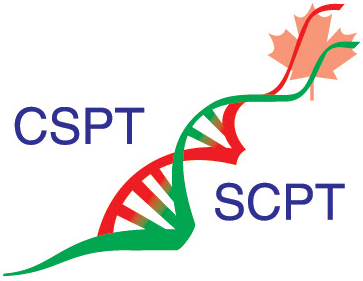Prodrug
Definition:
A drug that requires activation, generally by enzymatic and/or chemical biotransformation, to have its therapeutic effect. The parent compound of a prodrug does not have significant if any therapeutic activity.
.png)
Relevance:
The rationale for prodrugs is the ability to improve the active drug's pharmacokinetic and/or pharmacodynamic properties. The prodrug approach allows for the development of more stable compounds in the gastrointestinal tract or more soluble than the parent compound, improving its bioavailability (Najjar & Karaman, 2019). For example, pivampicillin, a prodrug of ampicillin, carries an ester group which increases its lipophilicity. This chemical modification increases ampicillin's bioavailability from 32-55% to 87-94% (Rautio et al., 2008). The prodrug approach can also improve the delivery of drugs to the central nervous system (e.g., L-dopa) and minimize side effects.
Examples of prodrugs, their activation process and therapeutic effects:
|
Pro-drug
|
Active drug
|
Activation process
|
Key therapeutic use of the active drug
|
|
Azathioprine
|
6-mercaptopurine
|
Non-enzymatic conversion
|
antineoplastic
|
|
Codeine
|
Morphine
|
CYP2D6-mediated metabolism
|
analgesic
|
|
Clopidogrel
|
Thiol-derivative
|
CYP2C19-mediated oxidation
|
anticoagulant
|
|
Enalapril
|
enalaprilat
|
hydrolysis
|
anti-hypertensive
|
|
L-dopa
|
dopamine
|
decarboxylation
|
antiparkinsonian
|
|
Prednisone
|
prednisolone
|
reduction
|
anti-inflammatory
|
|
Simvastatin
|
beta-hydroxy acid metabolite
|
hydrolysis
|
Lipid-lowering drug
|
|
Sulfasalazine
|
5-aminosalicylic acid
|
Bacteria-mediated metabolism
|
anti-inflammatory
|
For a more comprehensive list of prodrugs, please refer to (Najjar & Karaman, 2019).
Teaching tips:
The concept of a prodrug can be used to teach about:
- the impact of the pharmacokinetic processes on plasma drug concentration
- factors that affect bioavailability
- rational design and drug development
Tricky points:
How do you measure the bioavailability of prodrugs?
Suggested articles on this topic:
- Rautio, J., Kumpulainen, H., Heimbach, T., Oliyai, R., Oh, D., Järvinen, T., & Savolainen, J. (2008). Prodrugs: design and clinical applications. Nature reviews. Drug discovery, 7(3), 255–270.
-
-
- This article provides an overview of the design strategies and clinical applications of prodrugs. It offers several examples of prodrugs and the rationale for their chemical modifications. It also explores how prodrug strategies can improve the pharmacokinetic properties of a targeted drug.
- Najjar, A., & Karaman, R. (2019). The prodrug approach in the era of drug design. Expert opinion on drug delivery, 16(1), 1–5.
-
- This summarized review provides several examples of prodrugs and prodrug strategies used in rugs approved by the FDA.
Linked terms: Parent drug, metabolism, drugs, bioavailability
Return to Glossary

.png)